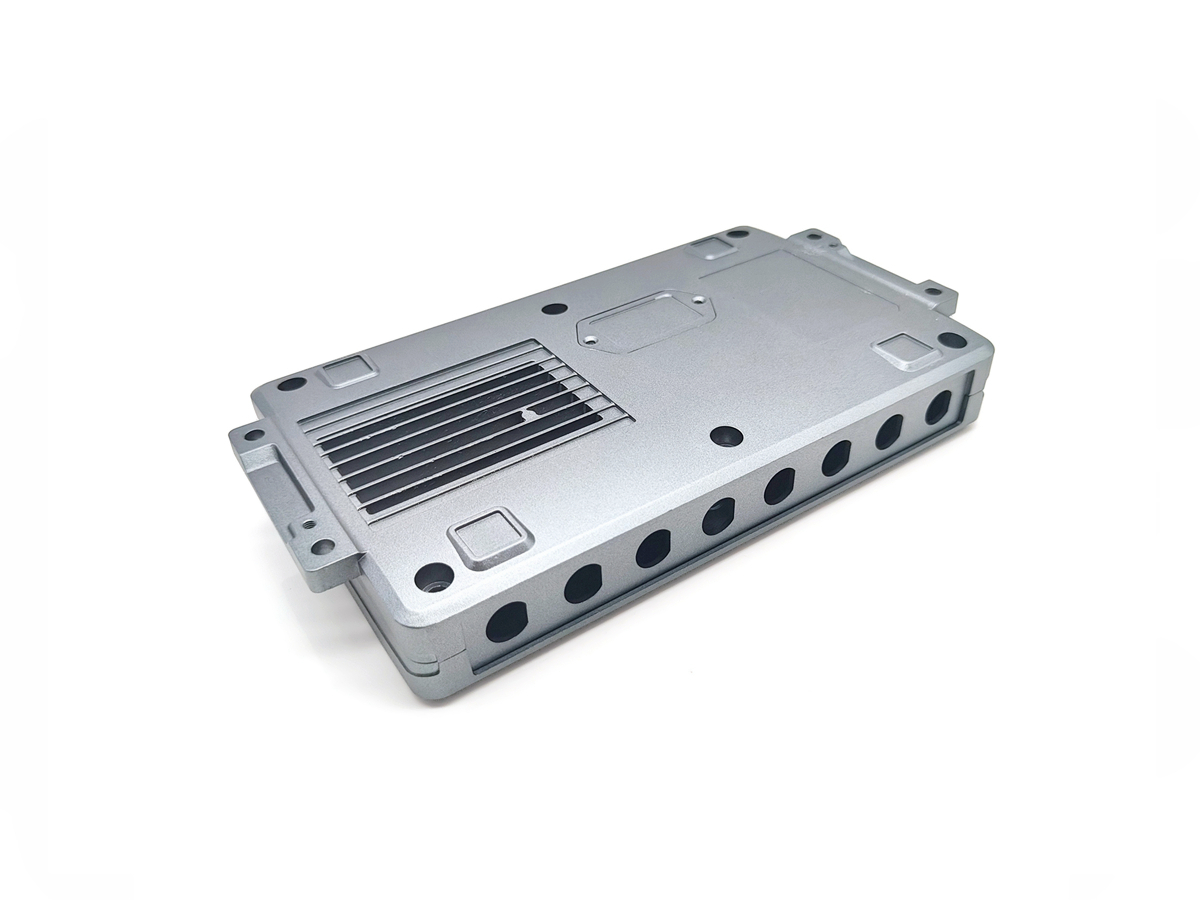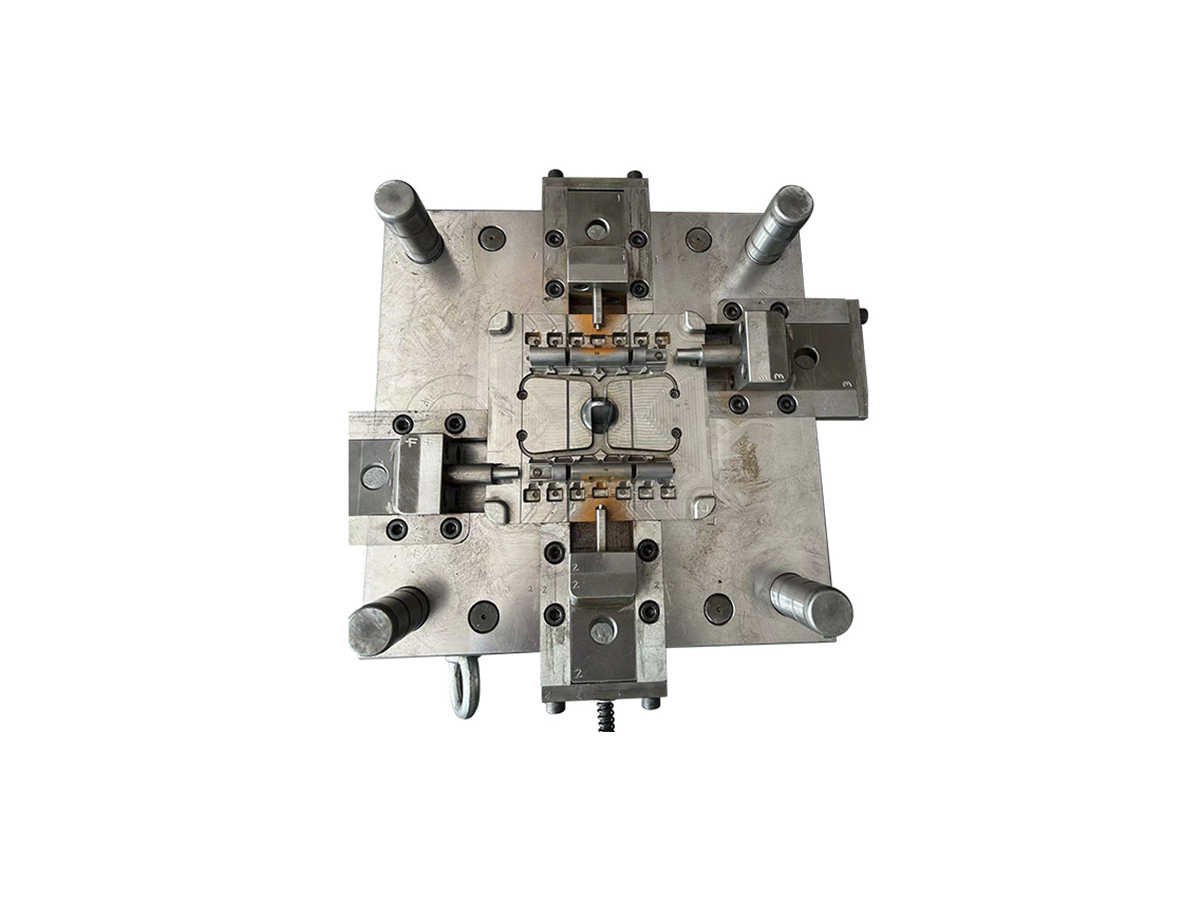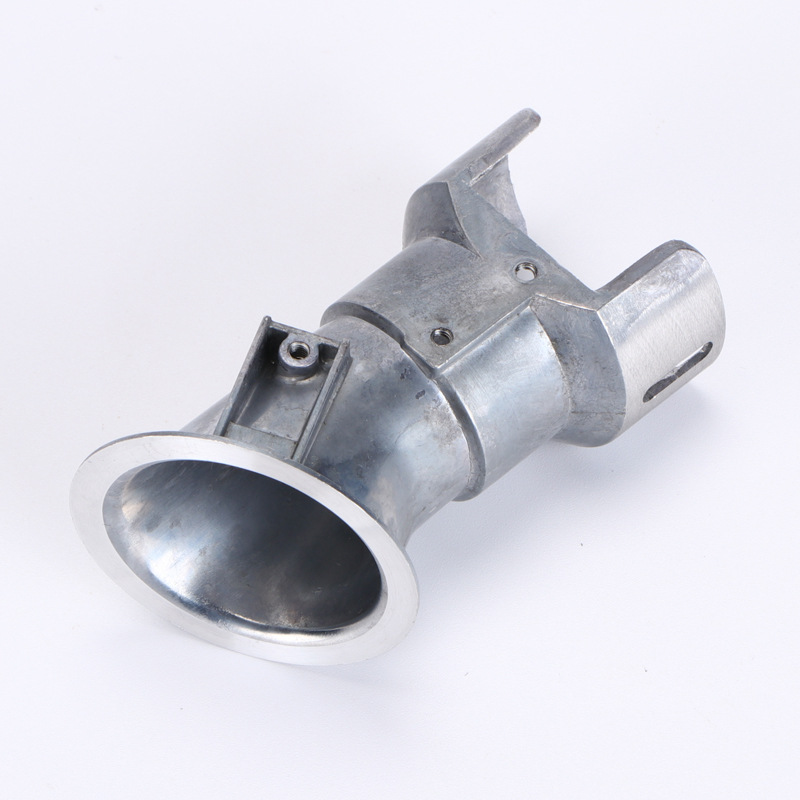Tool Steel S7
Introduction to Tool Steel S7
Tool Steel S7 is a versatile air-hardening tool steel formulated explicitly for superior impact toughness, moderate wear resistance, and dimensional stability under rapid temperature shifts. As a medium-alloyed steel, S7 is widely used in aluminum and zinc die casting tooling, hot trimming dies, and heavy-duty inserts subject to repeated impact.
At Neway Die Casting, S7 is selected for tooling components where high energy absorption, crack resistance, and resistance to thermal shock are essential.
Tool Steel S7 Chemical Composition (Typical, per ASTM A681)
Element | Weight % | Function |
|---|---|---|
Chromium (Cr) | 3.0–3.5 | Improves hardenability and corrosion resistance |
Molybdenum (Mo) | 1.3–1.8 | Strengthens steel at elevated temperatures |
Vanadium (V) | 0.2–0.3 | Promotes wear resistance and grain refinement |
Carbon (C) | 0.45–0.55 | Contributes to hardness and strength |
Manganese (Mn) | 0.2–0.8 | Enhances toughness and hardenability |
Silicon (Si) | 0.2–1.0 | Improves temper resistance |
Iron (Fe) | Balance | Base matrix metal |
This balanced alloy system gives S7 its signature shock resistance while maintaining sufficient edge retention for tooling durability.
Physical Properties of Tool Steel S7
Property | Value & Unit |
|---|---|
Density | ~7.8 g/cm³ |
Thermal Conductivity | 24–27 W/m·K |
Coefficient of Thermal Expansion | 11.3–12.1 µm/m·°C |
Specific Heat Capacity | ~460 J/kg·K |
Electrical Resistivity | ~0.65 µΩ·m |
Hardenability Range | Up to 50 HRC at 100 mm section |
Air-hardening minimizes warping during quenching, making it ideal for complex or tight-tolerance mold geometries.
Mechanical Properties (Heat Treated to 50–54 HRC)
Property | Typical Value & Unit |
|---|---|
Tensile Strength | 1650–1900 MPa |
Yield Strength | ~1400 MPa |
Impact Toughness (Charpy V-notch) | >30–50 J |
Hardness | 50–54 HRC |
Elongation | 8–10 % |
Modulus of Elasticity | ~210 GPa |
S7 maintains excellent toughness without compromising dimensional control or surface quality under cyclic mechanical loading.
Die Casting Performance Characteristics
S7 is particularly well-suited for:
High-shock tooling such as trim dies, ejector plates, and gate inserts
High-velocity zinc or aluminum shot impact zones
Tooling applications where thermal cycling and mechanical fatigue converge
Areas prone to chipping or cracking in complex multi-slide molds
Its thermal stability ensures minimal distortion during prolonged use, and the steel's resistance to cracking significantly reduces tool downtime.
Common Applications
Tool Steel S7 finds usage in:
Die casting trim dies for flash removal
Core pins and gate inserts for aluminum and zinc parts
Plastic injection mold components requiring high toughness
Shear blades, punches, and forming dies
Mass production tooling involving high-cycle impact environments
Machining Challenges and Solutions
S7, though tough, is readily machinable in the annealed condition but becomes challenging post-hardening:
Requires rigid fixturing due to high toughness
Machining in the hardened state is limited to grinding and EDM
Use of high-speed steel or carbide tools is recommended during rough machining
At Neway, precision CNC machining and optimized heat treatment workflows are integrated to ensure:
Tolerance retention within ±0.01 mm
Pre-hardening stress relief
Surface finishes down to Ra 0.8 µm
Surface Treatment Compatibility
Tool Steel S7 accepts various hardening and wear-resistant coatings to enhance die performance:
Nitriding for surface hardness and galling resistance
PVD coatings (e.g., TiN, TiCN) for ejection areas
Cryogenic treatment to improve microstructural homogeneity
These treatments enable longer service intervals even under high-temperature, abrasive conditions.
FAQs
How does S7 compare to H13 in terms of impact resistance and toughness?
Can S7 be used for die casting and trimming operations in the same tool?
What is the best heat treatment cycle for achieving 52 HRC in S7 dies?
Is S7 suitable for fine-feature EDM components?
What are the expected failure modes in S7 tooling under thermal fatigue?



